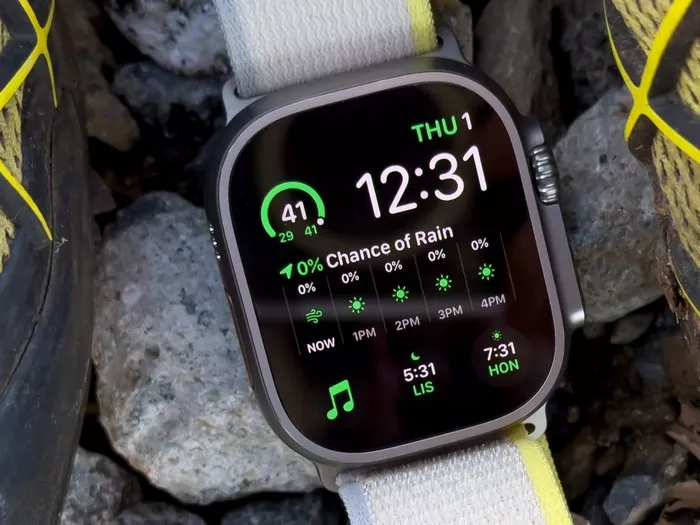In the era of smart wearables, the Apple Watch has become a ubiquitous companion for many individuals, seamlessly blending technology with daily life. With its array of features and functions, from fitness tracking to notifications, the Apple Watch is undoubtedly a handy gadget. However, like any electronic device, it requires regular charging to keep it running smoothly. The question then arises: When is the best time to charge your Apple Watch? Let’s delve into this query and explore the various factors to consider.
Understanding Apple Watch Battery Basics
Before delving into the timing of charging, it’s essential to understand the fundamentals of the Apple Watch battery. The battery life of an Apple Watch depends on several factors, including usage patterns, settings, and model type. Typically, Apple advertises a battery life of up to 18 hours for its watches, but individual experiences may vary.
Factors Influencing Charging Time
Several factors influence the optimal time to charge your Apple Watch. Understanding these factors can help you develop a charging routine that maximizes convenience and battery health.
Usage Patterns: Your usage patterns play a significant role in determining when to charge your Apple Watch. If you use your watch heavily throughout the day, you may need to charge it more frequently than someone who uses it sparingly.
Sleep Tracking: Some users prefer to wear their Apple Watch while sleeping to track their sleep patterns. Charging the watch during waking hours becomes crucial for such individuals to ensure it’s adequately powered throughout the night.
When Is The Best Time To Charge My Apple WatchIf you use your Apple Watch primarily for fitness tracking and workouts, you’ll want to ensure it’s sufficiently charged before engaging in any physical activity. Charging before workouts can prevent interruptions due to low battery levels.
When Is The Best Time To Charge My Apple Watch Nightstand Mode, available on certain Apple Watch models, turns the device into a bedside clock when charging. Charging your watch overnight allows you to take advantage of this feature, providing easy access to the time and alarm functions.
Optimal Charging Times
Considering the various factors at play, here are some optimal times to charge your Apple Watch:
Overnight Charging: For many users, overnight charging proves to be the most convenient option. Placing your Apple Watch on charge before going to bed ensures it’s fully powered for the day ahead. Additionally, if you use sleep tracking features, charging overnight becomes essential.
During Inactivity: If you find yourself with extended periods of inactivity during the day, such as sitting at a desk or relaxing at home, consider charging your Apple Watch during these times. Utilizing short charging bursts throughout the day can help maintain optimal battery levels without interrupting your activities.
Before Workouts: If you’re planning to engage in a workout or physical activity, it’s wise to charge your Apple Watch beforehand. This ensures that the device has enough battery to track your activity accurately and prevents interruptions due to low power.
While Showering or Getting Ready: Charging your Apple Watch while showering or getting ready in the morning can be a convenient way to ensure it’s powered up for the day without taking extra time out of your schedule.
Tips for Maximizing Battery Health
In addition to timing, there are several tips you can follow to maximize the health and longevity of your Apple Watch battery:
Avoid Extreme Temperatures: Exposure to extreme temperatures, both hot and cold, can negatively impact battery health. Store and charge your Apple Watch in moderate temperature environments whenever possible.
Optimize Settings: Adjusting settings such as screen brightness, notifications, and background app refresh can help conserve battery life and prolong the time between charges.
Use Power Saving Mode: When your Apple Watch battery is running low, activating Power Saving Mode can extend its remaining battery life by disabling certain features and reducing performance.
Update Software Regularly: Keeping your Apple Watch’s software up to date ensures it benefits from the latest optimizations and enhancements, which can improve battery efficiency.
Conclusion
In conclusion, the best time to charge your Apple Watch depends on various factors, including your usage patterns, activity levels, and personal preferences. Whether you opt for overnight charging, periodic top-ups throughout the day, or strategic charging before specific activities, prioritizing consistency and convenience is key. By understanding your own habits and the capabilities of your device, you can develop a charging routine that ensures your Apple Watch remains powered and ready to assist you throughout your daily adventures.

